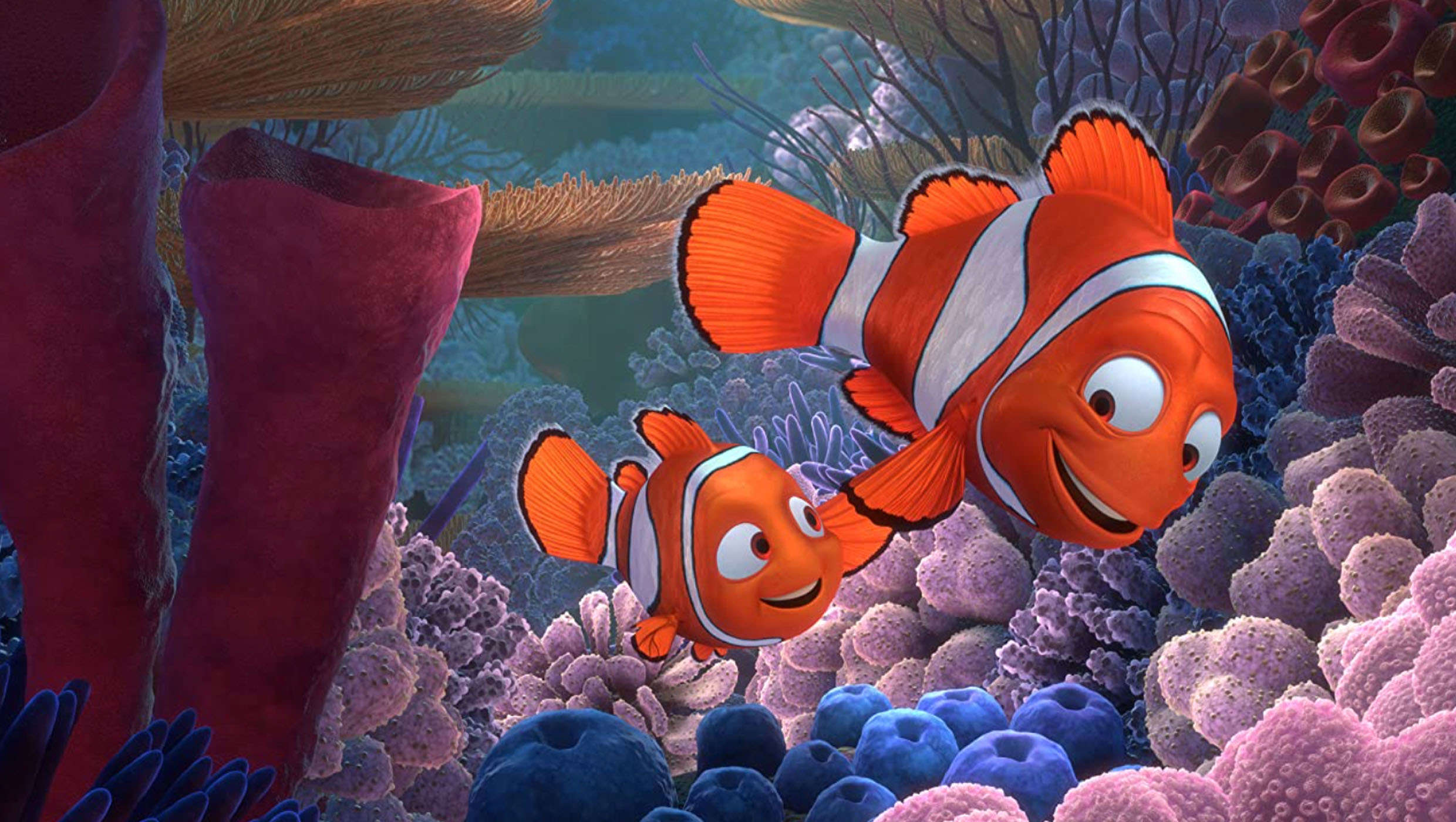Create a free profile to get unlimited access to exclusive videos, sweepstakes, and more!
Unearthly, just discovered coral reef proves our own planet can be an alien world

In a way, the darkest depths of the ocean may remind us of things that may be lurking in deep space, but you don’t have to dive all the way down there to find an otherworldly realm right here on Earth.
No one even knew a huge reef existed until it was found by accident. Researchers aboard the Schmidt Ocean Institute’s research vessel Falkor (there has to be a Neverending Story fan on this team) recently discovered the reef as they were mapping Australia’s Great Barrier Reef. This is the first time a previously unknown coral reef has been found in 120 years. The nameless reef is over 1,600 feet high — taller than even the Empire State Building — and could be home to undiscovered creatures that would appear just as alien to us as anything that potentially exists on another planet or moon.
“This unexpected discovery affirms that we continue to find unknown structures and new species in our Ocean,” said Schmidt Ocean Institute co-founder Wendy Schmidt. “The state of our knowledge about what’s in the Ocean has long been so limited. Thanks to new technologies that work as our eyes, ears and hands in the deep ocean, we have the capacity to explore like never before.”
This reef wasn’t supposed to remain hidden. It is barely detached from the famous Great Barrier Reef, a vibrant ecosystem of colorful corals, flashy fish, and other weird but beautiful creatures. How could you miss an offshoot of the Great Barrier Reef? Apparently, it happens. After they discovered the reef, the team sent down their underwater robot SuBastian to explore it. What they found was a ghostly mermaid grotto of corals, sea fans, and sponges that was strewn with algae and sea grasses. Damselfish and butterflyfish would flit between the coral formations, while clownfish (like Nemo above) played in the protective tentacles of sea anemones. Unicornfish would glide above. Even a reef shark made an appearance.
The scientists, led by Robin Beaman of James Cook University, had an eye out for pygmy seahorses. None seemed to show up when the video above was filmed. These are camouflage experts who evolved to mimic the corals they depend on for food and protection, and they sometimes cling to the same coral for life. They blend in so well that one could have been hiding right in front of the camera.
While no Earth aliens have crawled out of this reef yet, there were a few instances of “I’ve never seen anything like that.” Schmidt Ocean Institute has made several discoveries of bizarre new underwater life-forms just this year. Another team of scientists discovered a 150-foot specimen of the giant siphonophore Apolemia that is now the longest creature known to exist. These strange gelatinous organisms are made of thousands of individual zooids that clone themselves into different specialized parts for swimming, reproducing, snatching up prey, and digesting it. That wasn’t the only find. The first giant hydroids ever were observed, along with several mollusk, barnacle, and lobster species.
Another team discovered a rainbow of new coral and sponge species that included a new type of black coral. Yet another team came upon a wonderland of blossoming coral gardens, where coral polyps always appear to be in bloom even though they are animals and not plants, as well as eerie coral graveyards. The scientists who discovered the new reef can only imagine what might be lurking between the cracks and in the shadows.
“We are surprised and elated by what we have found,” Beaman said. “To not only 3D map the reef in detail, but also visually see this discovery with SuBastian is incredible. This has only been made possible by the commitment of Schmidt Ocean Institute to grant ship time to Australia’s scientists.”


























